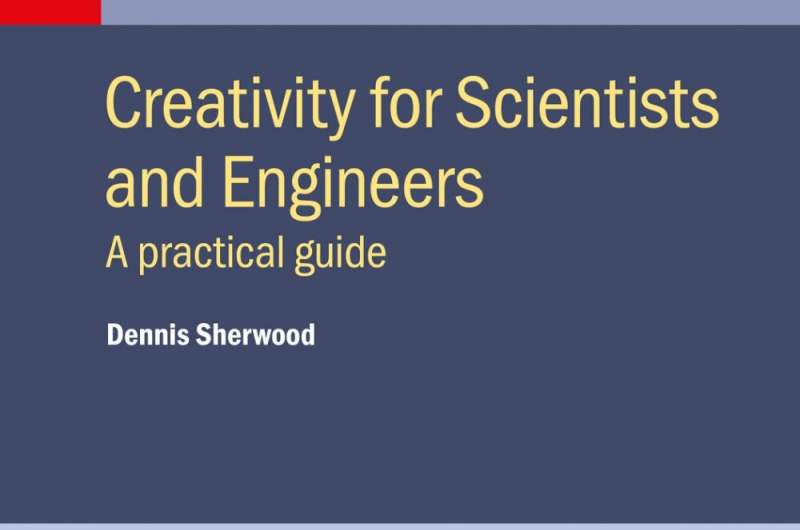Credit: IOP Publishing
"Creativity for Scientists and Engineers: A practical guide" explores how scientists can enrich their individual and collective creativity, and so generate more, and better, ideas.
"Although the 'Eureka moment' makes a great story—the genius inventor suddenly magics up a great new device, the genius scientist runs to her desk to write down the great equation—the much more prosaic truth is that creativity is the outcome of very hard work, over often very long periods of time and building on the work of others," explains Dennis Sherwood, one of the country's leading experts on creativity and innovation and author of the book published today.
Miriam Maus, publishing director at IOP Publishing says, "Creativity is at the core of all we do, and we are proud to publish a book that provides a practical 'how to' guide for scientists to improve and develop their creative confidence, decipher between good and bad ideas and how to sustain a culture of creativity and innovation within a team."
The book presents pragmatic and powerful processes for generating ideas based on the fundamental first principles associated with "Koestler's Law," which describes how apparently unrelated components can come together in a meaningful way to create an innovative concept. It also explores the importance of the cultural factors that need to be addressed for creativity to happen.
To illustrate the principles, the book gives examples of creativity in science and engineering, as it happened both historically and in modern science, such as the origins of Newton's laws of motion and what Watson and Crick actually did to discover the structure of DNA.
A key example Sherwood uses to demonstrate the power of "Koestler's Law" as applied to physics is the discovery of Special Relativity by Einstein. In his landmark paper of 1905, Einstein gives no references—which seems to suggest that special relativity was the creation of a "lone genius." But this was not the case, for Einstein's breakthrough was, like Newton's, achieved by "standing on the shoulders of giants" such as James Clark Maxwell, Henrik Lorentz and Henri Poincaré.
Most importantly, the book includes a chapter in which 13 leading contemporary scientists and engineers tell their own stimulating stories, from how cows in Kansas triggered an idea for reducing noise in valves to the discovery of gravitational waves.
"The essence of Koestler's Law, combining knowledge from one domain, and then spotting how that might be used in a very different context, solved the problem of suspending the interferometer mirrors to detect the waves," explains Professor Sheila Rowan CBE FRS, from the Institute for Gravitational Research at the University of Glasgow. "I think if you look, you'll find this kind of story over and over again in the field of gravitational wave detection—where the right ideas and inventions at the right times came together to make progress."
"Creativity for Scientists and Engineers: A practical guide" is written for people who wish to enhance their personal creativity as well as that of the teams they lead.
Provided by Institute of Physics























